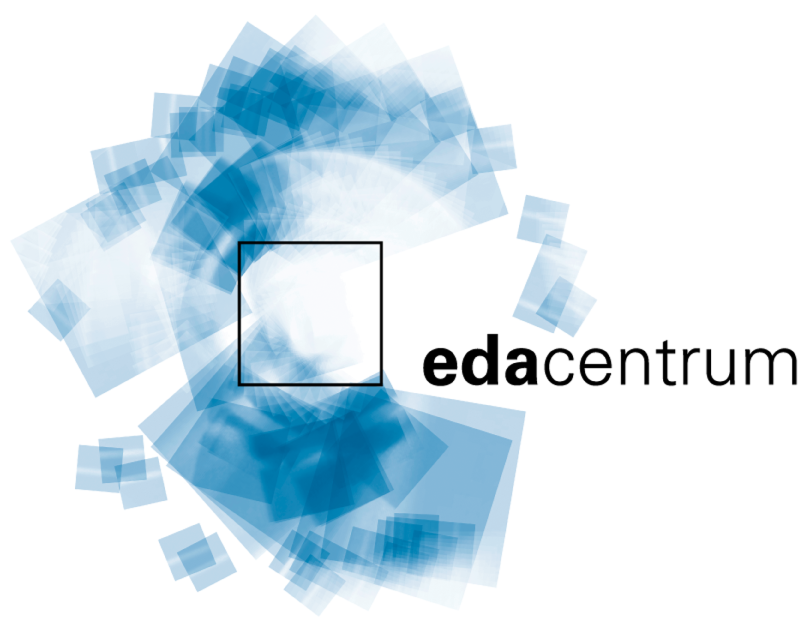EDA Networks
Like all networks, EDA networks have distinctive characteristics. Currently, they are based on organizations, events and projects.
Organization-based EDA Networks
An example of a very successful organization-based network is the long-established, active community of computer-assisted circuit and system design (RSS) of the professional societies GMM and ITG of the Association for Electrical, Electronic & Information Technologies (VDE) and the Gesellschaft für Informatik (GI). Other examples are: the regional Silicon Saxony cluster, active in microelectronics; the EDA Consortium as representatives of the leading EDA tool vendors; and standards bodies such as Accellera and the OpenSystemC Initiative.
Event-based EDA Networks
The Design Automation & Test in Europe (DATE) conference is a good example of an event-based EDA network. The DATE is the most important European developer and user conference in the field of EDA. Every year, several thousand international experts engaged in research, tool development and the application of EDA participate. The conference is complemented by a DATE website that is updated throughout the year by edacentrum, which has managed the site since 2008.
One of the most important German event-based EDA networks is edaWorkshop, which is dedicated to application-oriented research in EDA, with the significant involvement of industry, including small and medium enterprises (SME).
Project-based EDA Networks
Through the European Union’s FP7 project RD-ACCESS, a project-based EDA network has been created that is dedicated to the exchange of methodologies, know-how (IP), training and tools. The edacentrum represents the tools field and operates an Internet platform, entitled edaTools, for their exchange.
AUTOSAR is another project-based EDA network, based on a partnership of automotive manufacturers, controller manufacturers, and manufacturers of development tools, software and microcontrollers.
The edacentrum has a mission to support existing EDA networks; to improve communication between networks, where required; and to establish new networks, where the need arises. The focus in every case is to advance the development of nano- and microelectronics technology and components as one of the most important preconditions for innovation in leading applications.
